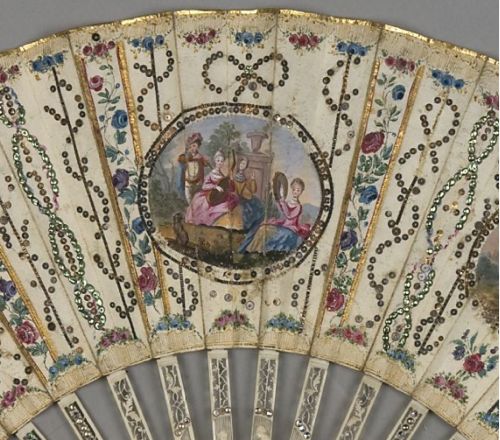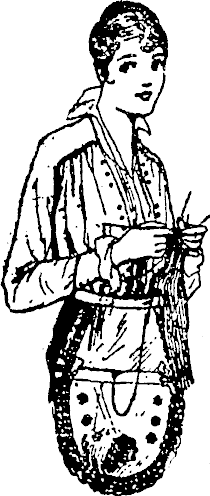Terminology: Sequins vs. Spangles (& their history in fashion)
When I first became really interested in fashion history in my early teens, and poured over historical costuming books and museum catalogues and saw mentions of sequins and spangles I assumed they were the same thing, and that ‘spangle’ was just a posh term for a sequin. As I studied textiles in university, and began working for museums, I realised that museums generally use very precise, specific terms (hmmmm…I wonder where my love of terminology comes from!), and that a spangle and a sequin might be different things. As I’ve researched sequins and spangles I’ve realised that the use in terminology is sometimes very specific and precise, and that sometimes the terms are used interchangeably (see: how to make a fashion historian grumpy). Many costume books use the terms to mean exactly the same thing, as do some museums. Some sources that make a distinction describe a spangle as a sequin with the hole at the top edge, rather than in the centre. Other sources describe a sequin as any decorative disk, while spangles must …


